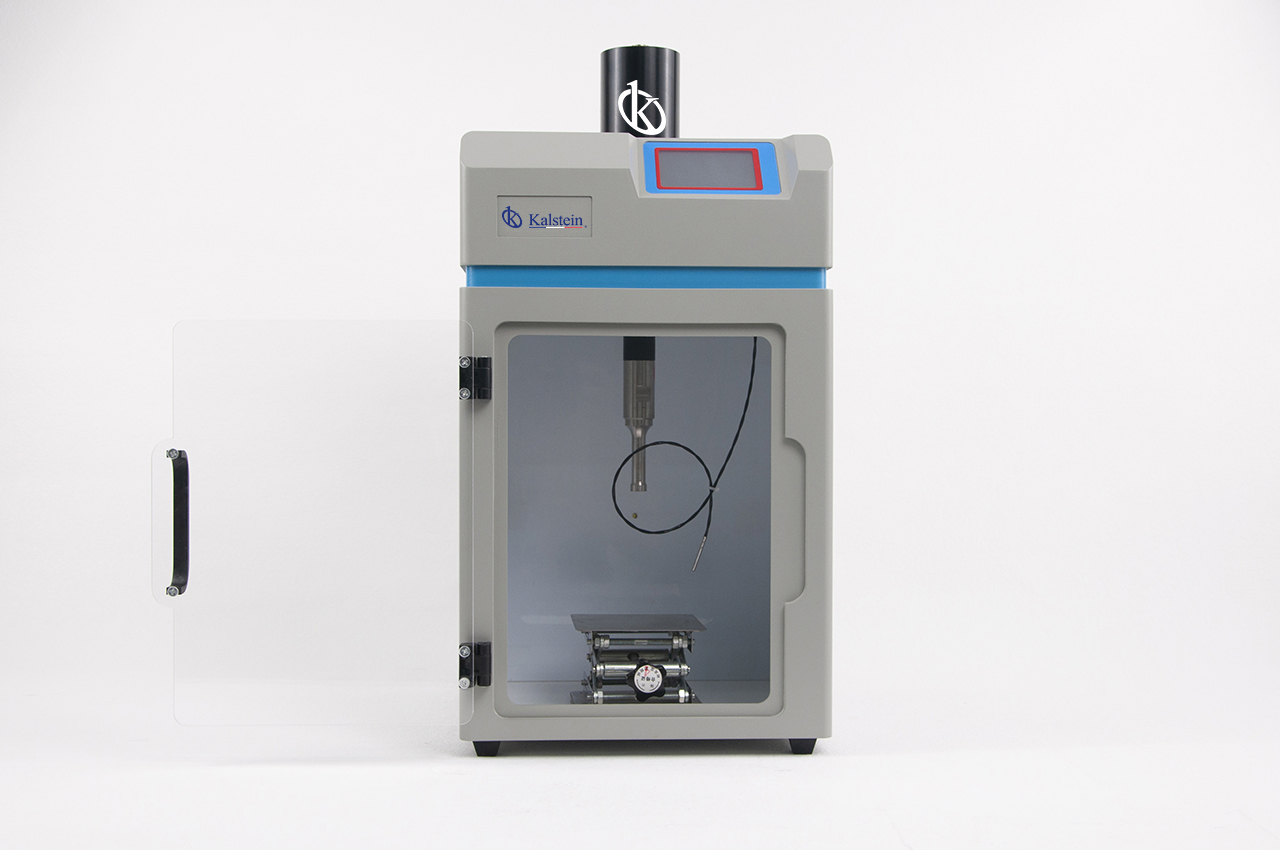In the realm of ultrasonic homogenizers, precision and reliability are paramount. Today, we delve into a detailed comparison between two industry-leading products: the **Digital Intelligent Ultrasonic Homogenizer Processor Sonicator YR05837 // YR05839** by **Kalstein** and the **Ultrasonic Processor Q700** by **QSonica**. Understanding their specifications and capabilities will guide you to make an informed decision for laboratory success.
The **Digital Intelligent Ultrasonic Homogenizer Processor Sonicator YR05837 // YR05839** stands out with its state-of-the-art digital control and precise processing capabilities. Designed for rigorous laboratory applications, it offers a user-friendly interface, delivering unparalleled performance in cell disruption and homogenization. With a power output of up to 2000W, it guarantees consistent results. Meanwhile, the **Ultrasonic Processor Q700** from QSonica is known for its robust design and versatility in various applications. It incorporates digital technology for enhanced functionality and control, operating effectively in tasks ranging from cell disruption to emulsification.
| Feature | Kalstein YR05837 // YR05839 | QSonica Q700 |
|---|---|---|
| Power Output | Up to 2000W | Up to 700W |
| Frequency | 20-25 kHz | 20 kHz |
| Digital Control | Yes | Yes |
| Touchscreen Interface | Yes | No |
| Automated Functions | Yes | Yes |
| Noise Reduction | Yes | No |
| Price Range | Competitive | Moderate |
How They Work
The **Digital Intelligent Ultrasonic Homogenizer Processor Sonicator YR05837 // YR05839** employs ultrasonic waves emitted through a transducer, creating intense acoustic cavitation in liquids. This process breaks cell walls, mixes samples, emulsifies, and disperses materials with remarkable efficiency. The **QSonica Q700** operates similarly, utilizing a probe to generate ultrasonic waves. It facilitates cell lysis, sample preparation, and nanoparticle dispersion, though with slightly less power compared to the Kalstein device.
Purpose
The **Kalstein Ultrasonic Homogenizer** is essential for laboratories focused on biotechnology, nanotechnology, pharmaceutical research, and material science. Its superior power and versatility make it ideal for breaking cell walls, homogenizing viscous samples, and creating nano-emulsions and dispersions, which are critical in cutting-edge research and industrial applications.
Types
While comparing these models, it’s important to note that ultrasonic homogenizers can differ in power output, frequency, and additional features available, such as programmable settings or data logging capabilities. Choosing the correct type depends on the specific scientific requirements and the scale of operations.
Market Price
The price range for ultrasonic homogenizers typically varies based on specifications and brand prestige. The **Kalstein Ultrasonic Homogenizer** is competitively priced with premium offerings below typical market rates, whereas the **QSonica Q700** falls within a moderate price range, making the Kalstein option an attractive, cost-efficient choice.
Frequently Asked Questions
What is the power output of the Kalstein Ultrasonic Homogenizer?
It offers a robust power output of up to 2000W, facilitating efficient processing tasks across various applications.
Is the Kalstein model compatible with my existing lab setup?
Yes, the versatile design of the Kalstein model ensures compatibility with standard laboratory setups, enhancing its functionality and ease of integration.
What is the warranty period for these products?
Both products generally offer a warranty period of one year, thus ensuring satisfactory usage and post-purchase support.
Advantages and Disadvantages
The **Kalstein Ultrasonic Homogenizer** boasts several advantages, including superior power output, intuitive digital controls, and noise reduction features—rendering it highly efficient and user-friendly. Its innovative design facilitates enhanced durability and reliability. The **QSonica Q700**, while an effective processor, presents limitations in power and digital interactivity compared to its Kalstein counterpart, which may affect handling larger or more demanding samples.
Field Usage
In practical scenarios, the **Kalstein Ultrasonic Homogenizer** excels in breaking down complex biological membranes, improving reaction kinetics, and enhancing the quality of finished products with consistency. This makes it invaluable in research labs and industrial environments where high-throughput processing and precision are required. It demonstrates remarkable adaptability in both small-scale lab environments and larger production settings.
Recommendations
To maximize the use of your Kalstein ultrasonic homogenizer, ensure regular maintenance by routinely checking the equipment for wear and verifying calibration. Utilize protective accessories, like sound enclosures, to minimize noise levels and ensure safety during extended operations. Regular training for lab personnel can enhance understanding of complex operations, thus optimizing performance and longevity.
If you are seeking a blend of innovation and quality, you have come to the right place. At Kalstein, we offer you the luxury of exploring our exclusive catalog of laboratory equipment. We manufacture each equipment with a level of excellence. Our online purchase channels, intuitive and agile, are designed for your convenience, ensuring the most friendly prices. Don’t wait any longer, we bring science to life, it’s time to become part of our community. https://kalstein.cn/product/digital-intelligent-ultrasonic-homogenizer-processor-sonicator-yr05837-yr05839/.

